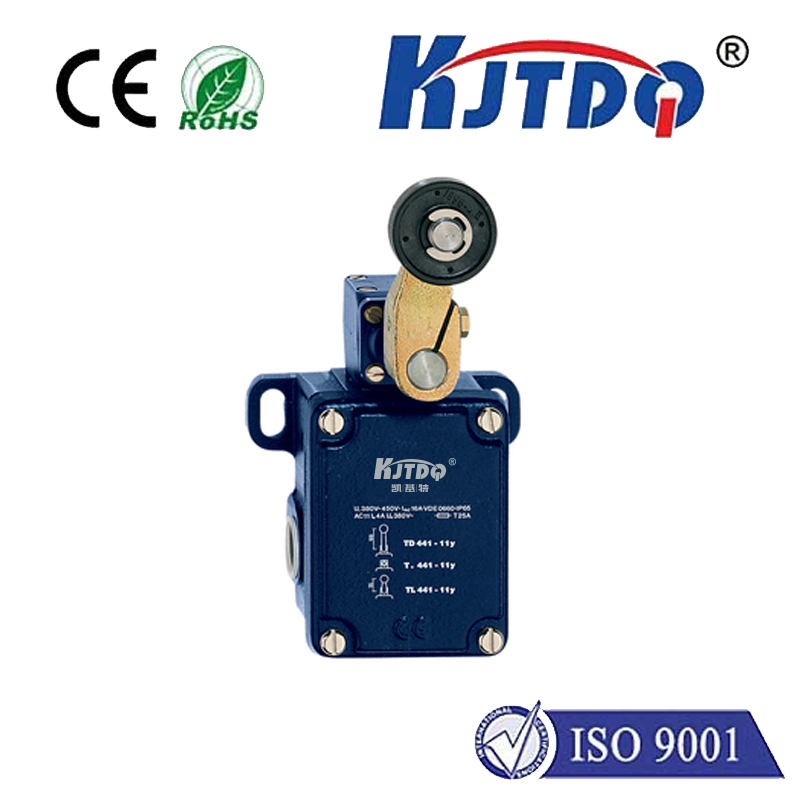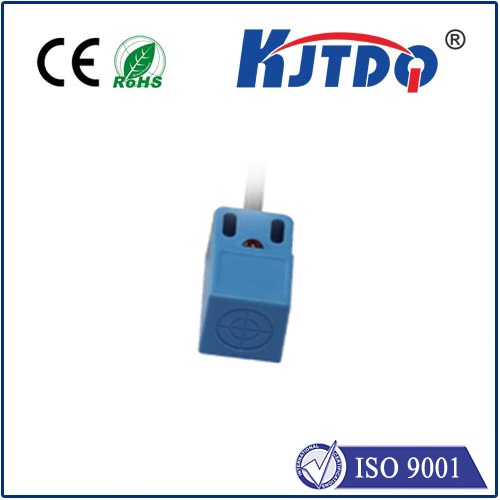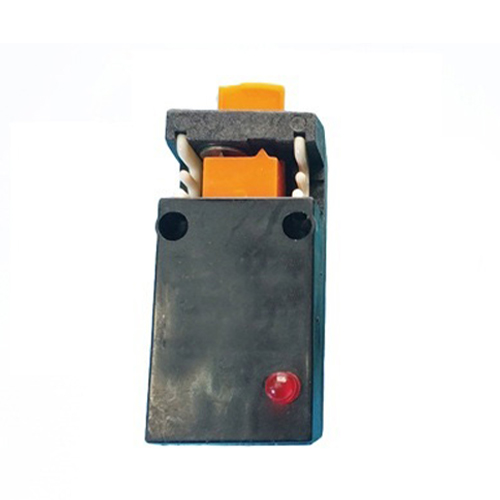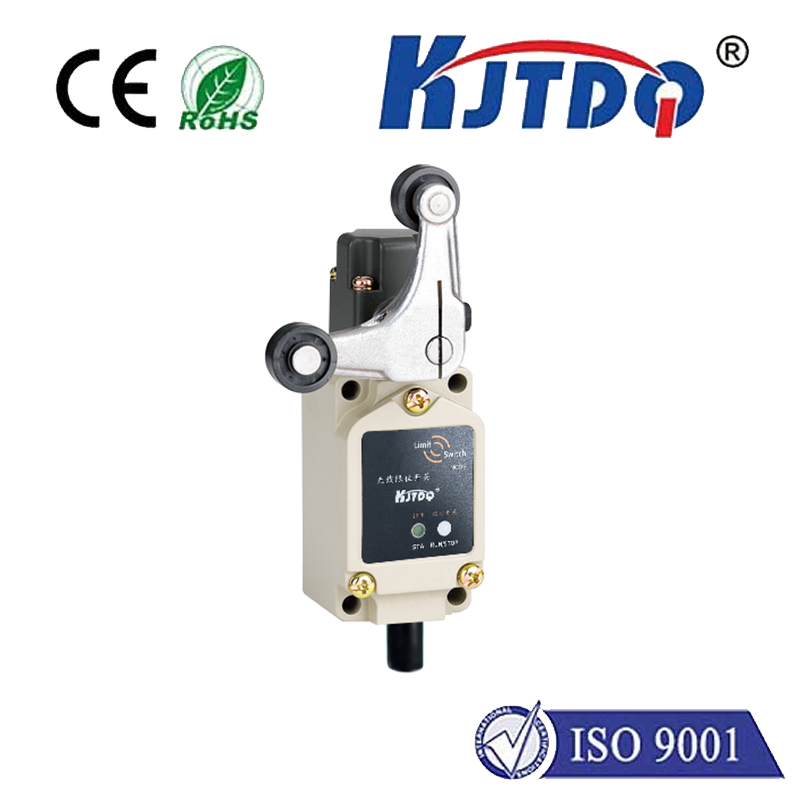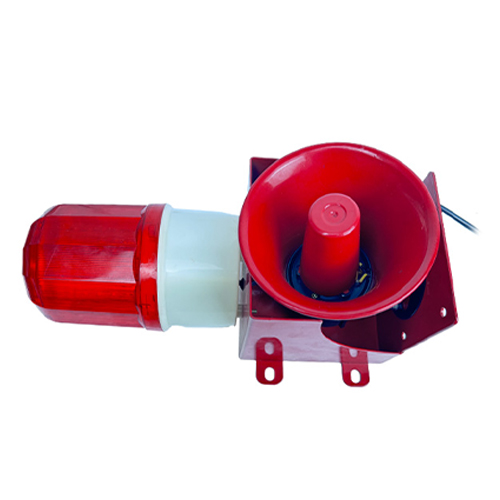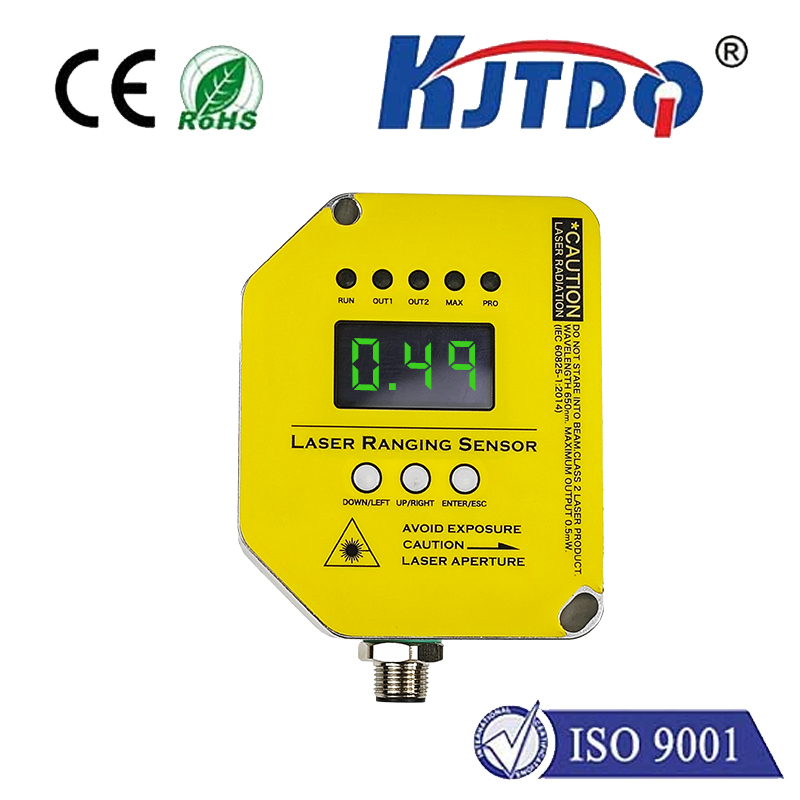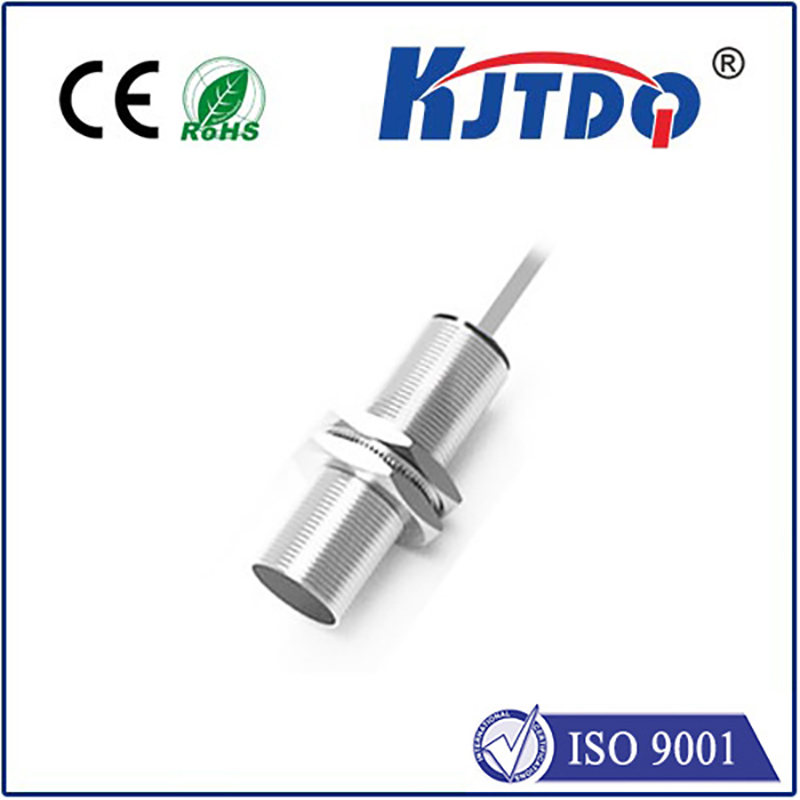3018 pro limit switch
- time:2025-08-01 10:54:53
- Click:0
Beyond Boundaries: Why the Limit Switch is Your 3018 Pro CNC Router’s Unsung Hero
Imagine this: you’ve spent hours meticulously designing a complex carving in intricate wood. Your 3018 Pro CNC router hums to life, the spindle poised to bring your vision into reality. But then, a miscalculation, a skipped step, or a slight stutter sends the cutting head crashing beyond the material and into the machine’s frame. The sickening crunch isn’t just noise; it’s the sound of ruined work, potential damage to your spindle or motors, and precious time lost. This nightmare scenario is precisely what a humble, yet absolutely critical, component works tirelessly to prevent: the limit switch.
For owners of popular desktop CNC routers like the 3018 Pro, understanding and appreciating the role of limit switches isn’t just technical jargon – it’s fundamental to safe, reliable, and accurate operation. Often overlooked until something goes wrong, these small sensors are the silent guardians of your machine’s physical boundaries.
What Exactly Is a Limit Switch in the Context of a 3018 Pro?
At its core, a limit switch is a simple electromechanical device. It acts like a vigilant sentry stationed at the very edges of your CNC router’s travel – along the X, Y, and Z axes. Think of them as tripwires or bumpers. Physically, they typically consist of:
- A Mechanical Actuator: A small lever arm, roller, or plunger designed to be physically contacted when the machine moves too far.
- Electrical Contacts: Inside the switch housing. When the actuator is triggered (pushed or released), these contacts change state – either opening an electrical circuit (Normally Closed, NC) or closing one (Normally Open, NO). In CNC applications like the 3018 Pro, switches configured as Normally Closed (NC) are overwhelmingly standard for safety.
The Mission Critical Function: Homing and Crash Prevention

The primary jobs of limit switches on your 3018 Pro are interconnected and vital:
- Homing Sequence Initiation: This is arguably their most crucial everyday role. When you command your machine to “Home” (usually via your CNC control software like GRBL), the machine deliberately moves each axis (X, Y, Z) in a specific direction until it triggers the limit switch for that axis. Triggering the switch provides the controller with an absolute, known reference point (often called machine zero or home position). Without this precise homing action, your machine has no reliable starting point, making accurate positioning of cuts nearly impossible. The consistency of finding this home position is paramount for repeatable jobs.
- Travel Limit Enforcement & Crash Prevention: This is the emergency stop function. While homing uses the switch intentionally, the switch’s secondary (but equally important) role is to act as a final failsafe. If, during normal operation, the machine attempts to move beyond the physical limits of its travel – perhaps due to a software bug, incorrect G-code, a loose workpiece shifting, or mechanical failure – the limit switch will be triggered. When this happens (remember the NC configuration!), it immediately breaks the circuit sending a clear “STOP NOW!” signal to the controller, halting all movement instantly. This prevents the drive motors from straining against a hard stop (potentially damaging motors, leadscrews, belts, or bearings) and stops the spindle before it can collide catastrophically with clamps, the machine frame, or itself.
Why Your 3018 Pro Especially Needs Reliable Limit Switches:
While all CNC machines benefit from limit switches, their importance is amplified on desktop machines like the 3018 Pro:
- Compact Size: The work envelope is relatively small. Movements are quick, and there’s little margin for error before a collision occurs.
- Material Variability: Users often experiment with different materials and setups. A slightly thicker workpiece or a misplaced clamp can easily encroach on the travel path.
- Hobbyist Environment: Mistakes happen! Inadvertently loading G-code with coordinates exceeding the table size is a common beginner error. Limit switches are the essential safety net.
- Protecting Investment: While affordable compared to industrial CNCs, a 3018 Pro is still a significant investment for a hobbyist or small shop. Preventing costly damage to the spindle, motors, or frame is crucial. Repairing or replacing damaged components can quickly exceed the cost of the machine itself.
The Anatomy of an Effective 3018 Pro Limit Switch Setup
Robust limit switches are key. They need to withstand repeated actuation and potential minor bumps. Most modern 3018 Pro kits come equipped with adjustable micro-switches (lever or roller type) mounted on sturdy brackets.
- Precise Positioning: The switches must be mounted so they engage precisely at the moment an axis reaches its maximum safe travel, allowing the homing cycle to function correctly and stopping the axis before it hits a physical obstruction. Adjustability is crucial for fine-tuning this position.
- Wiring Integrity: Secure, strain-relieved connections are vital. Loose wires can lead to intermittent signals (causing homing failures) or complete failure when a crash stop is needed. Good kits use plug connectors or terminal blocks for reliability.
- Controller Configuration: The CNC controller firmware (like GRBL) must be correctly configured to recognize the limit switch signals. This includes setting the correct pin assignments (
$20=1 for soft limits often relies on homing/limits being set up first) and understanding the homing cycle parameters ($H command). Misconfiguration can render the switches useless.
Beyond Safety: The Precision Advantage
While safety is paramount, the homing function enabled by limit switches directly contributes to the precision of your 3018 Pro:
- Repeatable Machine Zero: Consistent homing means that every time you start a job, the machine knows exactly where “home” is. This is the foundation for accurately positioning your workpiece origin (Work Zero) and ensuring your cuts land exactly where they should on the material, every single time.
- Soft Limits Enablement: Once the machine has homed, the controller knows the physical travel limits for each axis. This allows the use of “Soft Limits” in the control software. Soft Limits are software-defined boundaries set just inside the physical limits detected during homing. If your G-code tries to command movement beyond these soft limits, the controller will stop the machine before it reaches the physical limit switch, providing an extra layer of protection and preventing unnecessary switch actuation during normal operation.
Maintaining Your First Line of Defense
Like any critical component, limit switches need occasional attention:
- Visual Inspection: Periodically check that the switches are securely mounted, the levers/rollers move freely and aren’t bent or obstructed by dust/chips.
- Mechanical Check: Gently actuate each switch lever/roller by hand while the machine is powered off (disconnect mains power!). You should hear a distinct audible “click.” Caution: Avoid forcing switches excessively.
- Electrical Check: Use the “Check Limits” function in your CNC control software (if available) or diagnostics to see if the controller registers the switch being triggered when you manually press it (machine powered on, motors disabled/safe mode). Erratic behavior or






